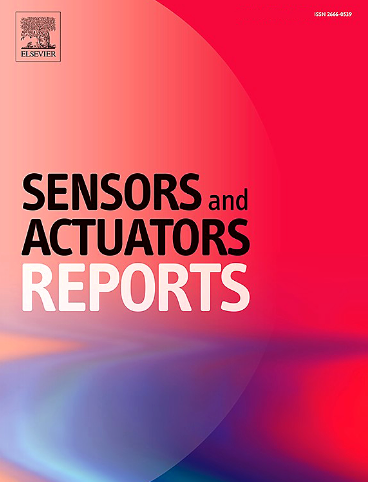DNA纳米技术和催化发夹组装级联:实现活细胞膜上磷脂酰丝氨酸的敏感检测和原位成像的新方法
IF 7.6
Q1 BIOTECHNOLOGY & APPLIED MICROBIOLOGY
引用次数: 0
摘要
磷脂酰丝氨酸(PS)是真核生物细胞膜中重要的脂质,其含量变化与多种疾病密切相关。因此,跟踪活细胞中的PS是非常宝贵的。在这里,我们设计了一种基于适体启动级联催化发夹组装(CHA)的DNA三角棱镜(AI-CDTP),用于对活细胞膜上PS的敏感检测和原位成像。以单链DNA为原料,通过简单的单锅退火工艺制备了核酸适体启动DNA三角棱镜(AI-DTP)作为前体探针。此外,通过在AI-DTP上耦合发夹探针,提高了ps触发的CHA电路的灵敏度。这种耦合增加了局部浓度,加速了反应动力学,实现了低至1.39 nM的检测限。与传统的质粒系统相比,AI-CDTP简化了制备过程,反应速度快,具有良好的自传递性、生物相容性和稳定性。因此,我们开发的策略为细胞内PS的敏感成像提供了可靠的平台。本文章由计算机程序翻译,如有差异,请以英文原文为准。

DNA nanotechnology and catalytic hairpin assembly cascade: A novel approach in achieving sensitive detection and in situ imaging of phosphatidylserine on living cell membranes
Phosphatidylserine (PS) is a vital lipid in eukaryotic cell membranes, and its content variations are closely associated with various diseases. Therefore, tracking PS in living cells is invaluable. Here, we designed an aptamer-initiated cascade catalytic hairpin assembly (CHA)-based DNA triangular prism (AI-CDTP) for sensitive detection and in situ imaging of PS on living cell membranes. The aptamer-initiated DNA triangular prism (AI-DTP) was prepared as precursor probe using several single-stranded DNA through a simple one-pot annealing process, which takes only a few minutes. Additionally, the sensitivity of the PS-triggered CHA circuit was enhanced by coupling the hairpin probes on AI-DTP. This coupling increased the local concentration and accelerated the reaction kinetics, achieving a detection limit as low as 1.39 nM. Compared with the traditional plasmid systems, AI-CDTP simplifies the preparation process, responds rapidly, and demonstrates excellent self-delivery, biocompatibility and stability. Thus, our developed strategy provides a reliable platform for the sensitive imaging of intracellular PS.
求助全文
通过发布文献求助,成功后即可免费获取论文全文。
去求助
来源期刊

Sensors and Actuators Reports
Multiple-
CiteScore
9.60
自引率
0.00%
发文量
60
审稿时长
49 days
期刊介绍:
Sensors and Actuators Reports is a peer-reviewed open access journal launched out from the Sensors and Actuators journal family. Sensors and Actuators Reports is dedicated to publishing new and original works in the field of all type of sensors and actuators, including bio-, chemical-, physical-, and nano- sensors and actuators, which demonstrates significant progress beyond the current state of the art. The journal regularly publishes original research papers, reviews, and short communications.
For research papers and short communications, the journal aims to publish the new and original work supported by experimental results and as such purely theoretical works are not accepted.
 求助内容:
求助内容: 应助结果提醒方式:
应助结果提醒方式:


